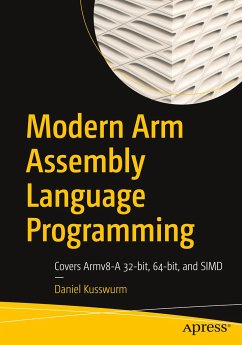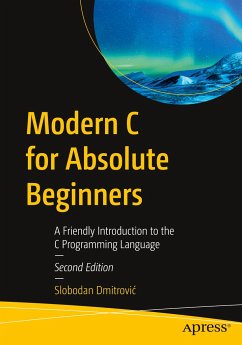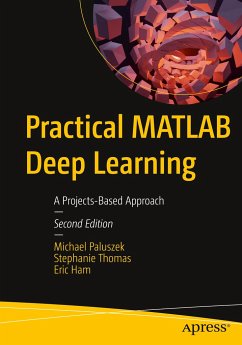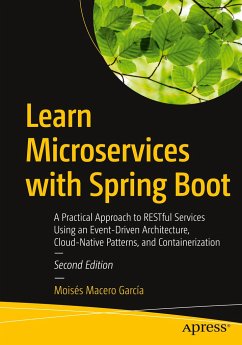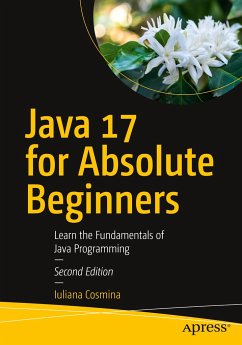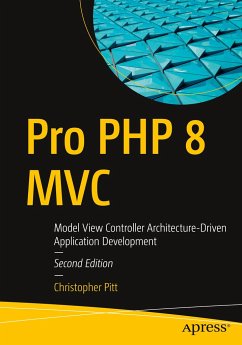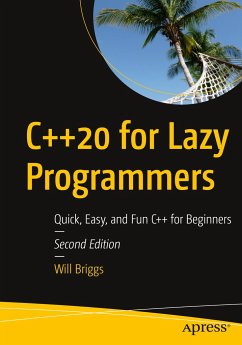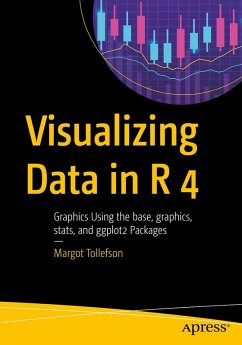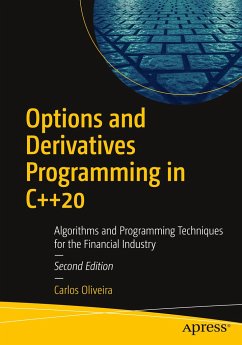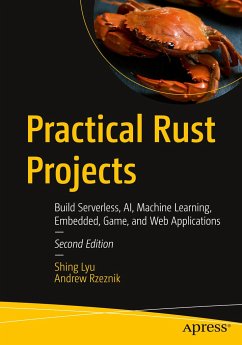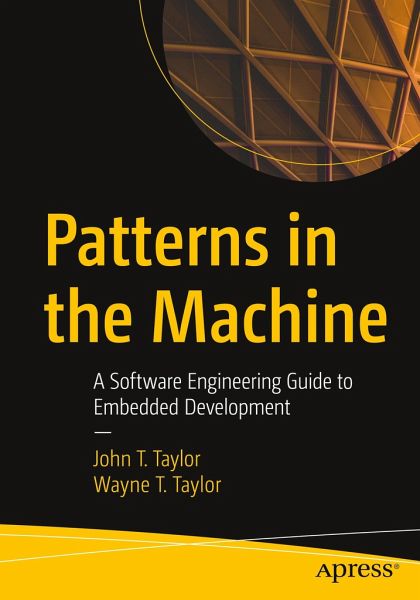
Patterns in the Machine
A Software Engineering Guide to Embedded Development

PAYBACK Punkte
17 °P sammeln!
Discover how to apply software engineering patterns to develop more robust firmware faster than traditional embedded development approaches. In the authors' experience, traditional embedded software projects tend towards monolithic applications that are optimized for their target hardware platforms. This leads to software that is fragile in terms of extensibility and difficult to test without fully integrated software and hardware. Patterns in the Machine focuses on creating loosely coupled implementations that embrace both change and testability.This book illustrates how implementing continuo...
Discover how to apply software engineering patterns to develop more robust firmware faster than traditional embedded development approaches. In the authors' experience, traditional embedded software projects tend towards monolithic applications that are optimized for their target hardware platforms. This leads to software that is fragile in terms of extensibility and difficult to test without fully integrated software and hardware. Patterns in the Machine focuses on creating loosely coupled implementations that embrace both change and testability.
This book illustrates how implementing continuous integration, automated unit testing, platform-independent code, and other best practices that are not typically implemented in the embedded systems world is not just feasible but also practical for today's embedded projects.
After reading this book, you will have a better idea of how to structure your embedded software projects. You will recognize that while writing unit tests, creating simulators, and implementing continuous integration requires time and effort up front, you will be amply rewarded at the end of the project in terms of quality, adaptability, and maintainability of your code.
What You Will Learn
Incorporate automated unit testing into an embedded projectDesign and build functional simulators for an embedded projectWrite production-quality software when hardware is not availableUse the Data Model architectural pattern to create a highly decoupled design and implementationUnderstand the importance of defining the software architecture before implementation starts and how to do itDiscover why documentation is essential for an embedded projectUse finite state machines in embedded projects
Who This Book Is For
Mid-level or higher embedded systems (firmware) developers, technical leads, software architects, and development managers.
This book illustrates how implementing continuous integration, automated unit testing, platform-independent code, and other best practices that are not typically implemented in the embedded systems world is not just feasible but also practical for today's embedded projects.
After reading this book, you will have a better idea of how to structure your embedded software projects. You will recognize that while writing unit tests, creating simulators, and implementing continuous integration requires time and effort up front, you will be amply rewarded at the end of the project in terms of quality, adaptability, and maintainability of your code.
What You Will Learn
Incorporate automated unit testing into an embedded projectDesign and build functional simulators for an embedded projectWrite production-quality software when hardware is not availableUse the Data Model architectural pattern to create a highly decoupled design and implementationUnderstand the importance of defining the software architecture before implementation starts and how to do itDiscover why documentation is essential for an embedded projectUse finite state machines in embedded projects
Who This Book Is For
Mid-level or higher embedded systems (firmware) developers, technical leads, software architects, and development managers.





